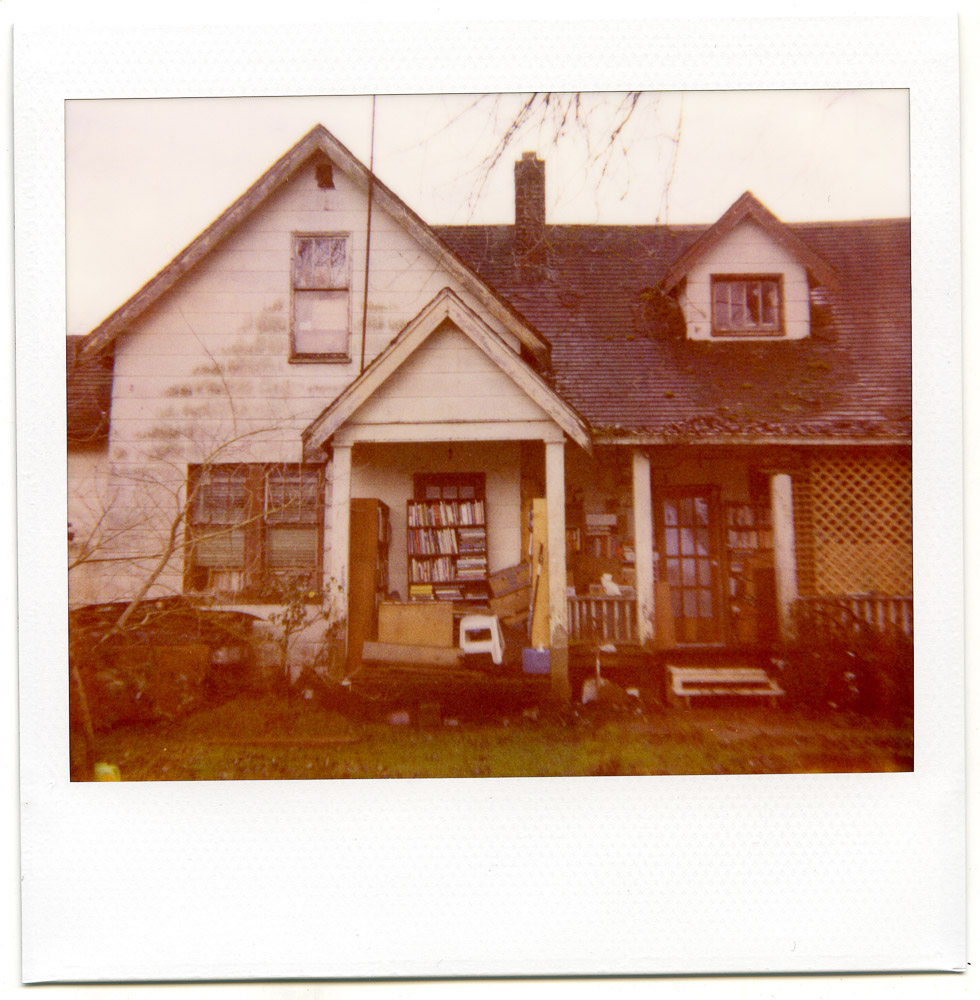Apr
9
2015

Some pictures from a day trip I took, in this case I gathered together images of signs.
It was a rainy day so that clouded my decision-making around what photographic gear to use. I certainly wasn’t going to not go, photography is a rain or shine proposition for me. The Pentax K-3 has 92 weather seals and the DA* series of lenses are also well sealed against moisture and dust. To this point I’ve not had any issues when using Pentax weather sealed cameras and lenses in some very wet conditions. I use the lens hoods when actually shooting to help keep moisture off the front element of the lens but the camera itself can be allowed to get wet.
When I shoot like this there is often a lot of cross over between my digital shots and film and I’m sure that when I actually develop my film that will be the case.
1 comment | posted in Cameras, Photography
Apr
7
2015
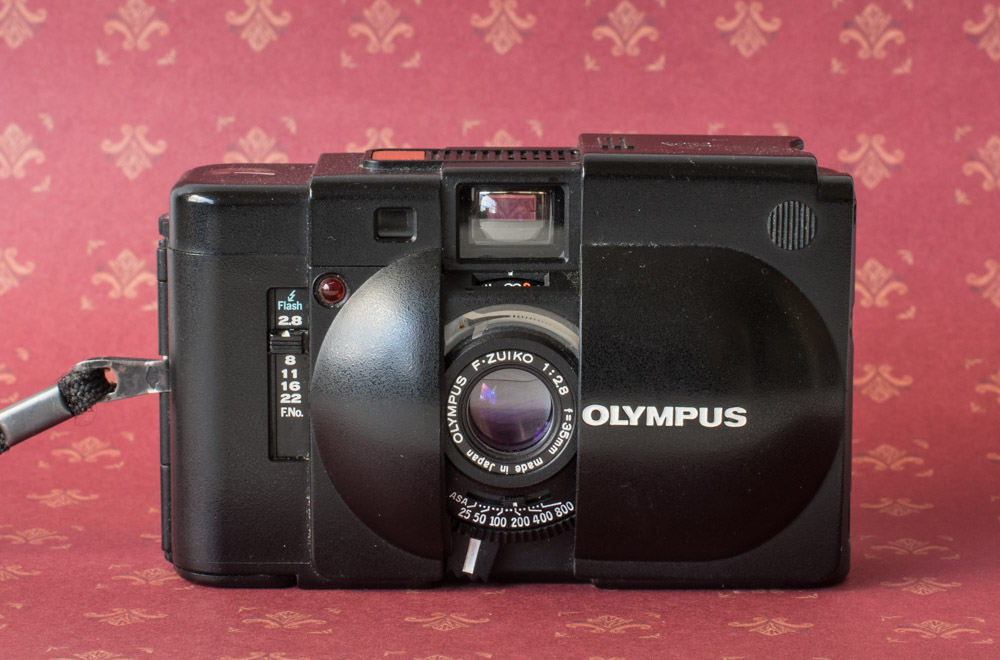
The Olympus XA is a fantastic little rangefinder if your willing to live within its limits. Those limits are primarily the tiny focus lever and its aperture priority with minimal over rides. At it’s heart is the 35mm f2.8 six element lens that produces sharp images from corner to corner despite how close the design requires it to be to the film. The rounded edges and clam shell lens cover make it a joy to hold in the hand or slip into a pocket. The XA is really one of the iconic cameras of the 1980’s and rightly so. The camera is also incredibly quiet with only a small ‘snick’ of a shutter sound and no motor noises with it’s thumbwheel film advance.
no comments | posted in Cameras, Photography
Apr
5
2015


 I’ve read about Lee Friedlander and seen some of his images in photography books, I’ve struggled to understand some of his compositions and what he was trying to convey but it wasn’t until I saw a larger group of his works in person at the Presentation House Gallery in North Vancouver that I understood the humour behind many of them. There are images of his of course that stand alone but when he has curated them by typology into books even I can grasp the concepts. I’m not sure at what moment I came to the revelation but it was punctuated by a little laugh and surprise that I had been missing that aspect of his work. Take for example a series of landscape pictures, some of familiar locales in the Rockies, rather than taking the shot you would expect with a un obstructed foreground Freidlander purposefully places bushes and branches between us and the landscape. Seeing a single Lee Friedlander photograph in isolation I think does a disservice, his books where series are brought together do a much better job and have a visual wit to them.
I’ve read about Lee Friedlander and seen some of his images in photography books, I’ve struggled to understand some of his compositions and what he was trying to convey but it wasn’t until I saw a larger group of his works in person at the Presentation House Gallery in North Vancouver that I understood the humour behind many of them. There are images of his of course that stand alone but when he has curated them by typology into books even I can grasp the concepts. I’m not sure at what moment I came to the revelation but it was punctuated by a little laugh and surprise that I had been missing that aspect of his work. Take for example a series of landscape pictures, some of familiar locales in the Rockies, rather than taking the shot you would expect with a un obstructed foreground Freidlander purposefully places bushes and branches between us and the landscape. Seeing a single Lee Friedlander photograph in isolation I think does a disservice, his books where series are brought together do a much better job and have a visual wit to them.
no comments | posted in Art observations, Photography
Apr
3
2015

If creating sharp undistorted well exposed images are your aim then move along this is not the camera for you. If you want a built-in ‘Lens-Baby’ like experience then this is the camera. The center of the image is bounded by a cocoon of soft distortion. There is one single aperture of f6.7 for the 28mm lens and the shutter is limited to 1/60 of a second with flash and 1/60 – 1/180 without. The lens appears to be plastic and without any coatings. The focus is fixed but works well enough at f6.7 to provide enough depth of field to render most things in focus. A non adjusted image looks a little like this.

So let me re-iterate this is the camera for taking distorted pictures but not for capturing that once in a lifetime moment you’ve always imagined you will print and put in a gallery.
no comments | tags: film, Konica, Photography | posted in Cameras, Photography
Mar
31
2015
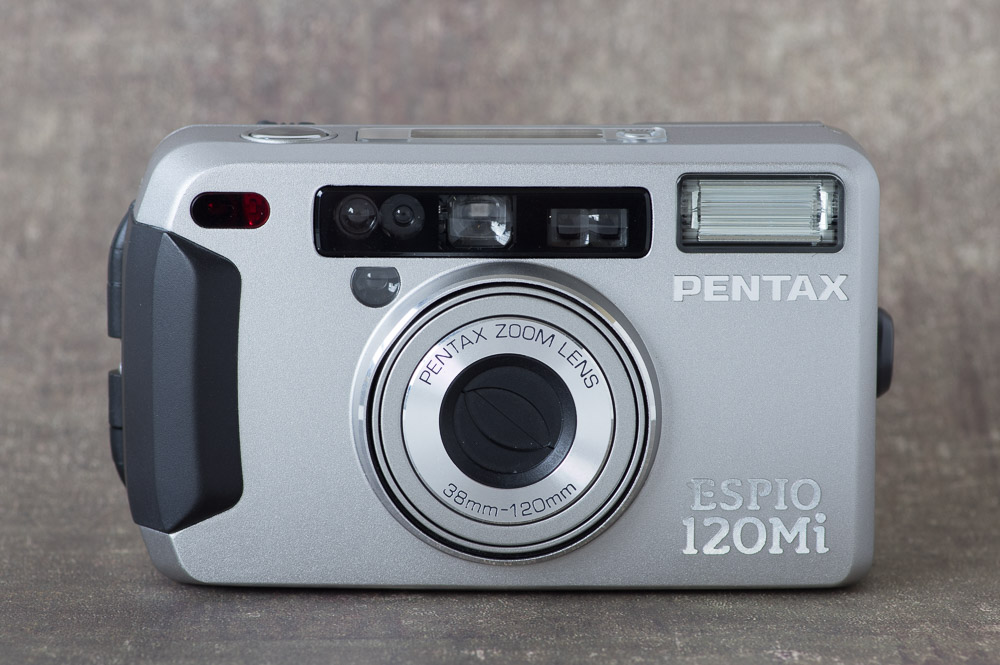
The Pentax Espio 120 Mi is a compact 35mm camera that reminds me of the Efina T both are angular and have a tough metal body that allows them to survive thrift store bins while their plastic brethren slowly get scratched to oblivion.
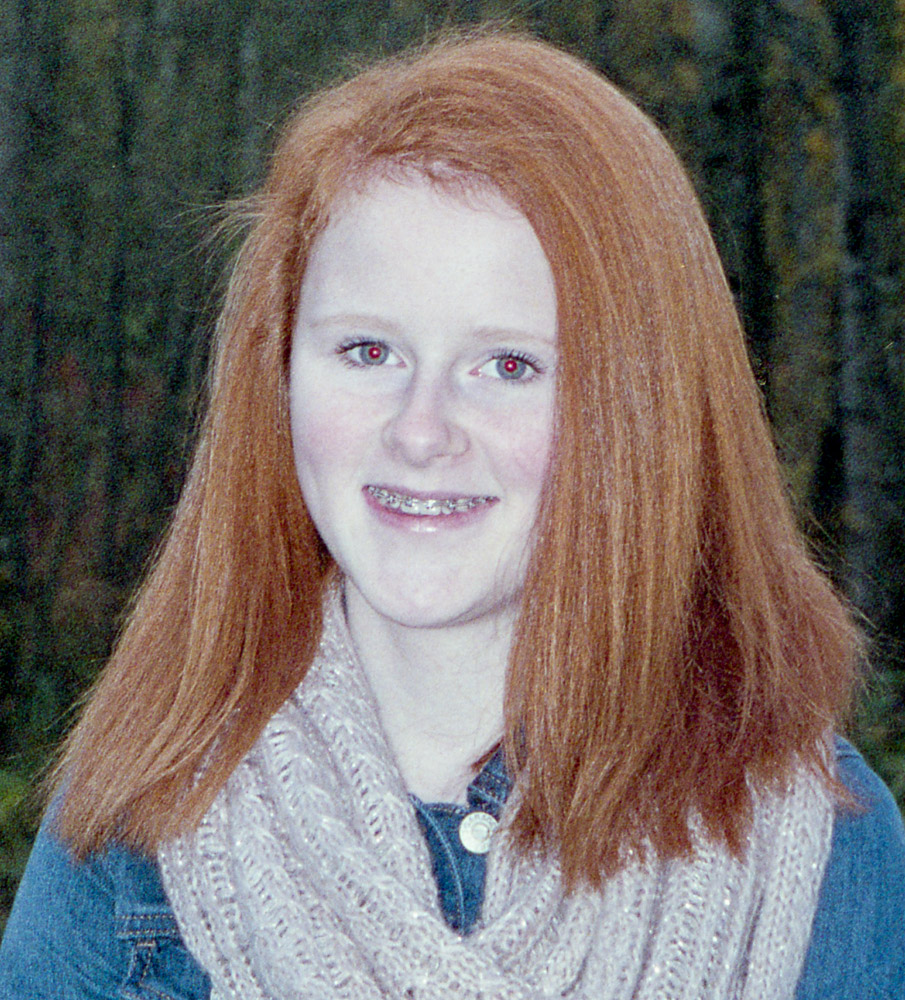
As you can see there is a need to use red-eye reduction when using the flash for portraits.
And flash is required in all but the best light with it’s slow f5-12.5 lens. Seriously though this was the biggest problem with these cameras and the reason that so many people got back blurry images and got discouraged, why wouldn’t you try the new digital cameras that were coming out. (Note: the early digital cameras were actually worse but improved rapidly) What the Pentax Espio 120Mi does have in its favour is accurate autofocus and exposure metering. It is a nice design and on the smaller side but 38-120mm f5-12.5 doesn’t cover enough of a focal range or enough light gathering to recommend it over other similar cameras. It is however a nice example of camera design from the turn of the last millennium. It is only marginally larger than an Olympus Stylus Epic yet provides a zoom lens.
One thing about one camera: The Pentax Espio 120 Mi uses a hinged lever that you lift and turn 45degrees to open the back resulting in very well secured film. This design seems to first appear with APS film cameras and evolves and is seen again with the battery release and memory card access on the K10D DSLR. It ultimately makes its way into the professional models of Canon Nikon and the Pentax 645Z.
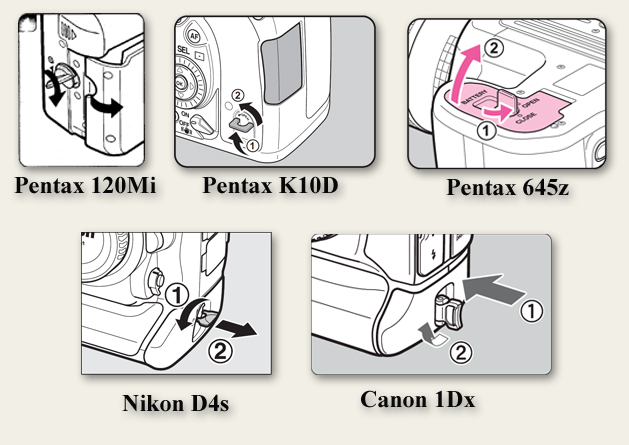
Thank you APS film for giving us something of use!
no comments | posted in Cameras, Photography
Mar
27
2015

Also know as the Ricoh Shotmaster 130 Super
I’ve written about this camera previously but there are a few unique details that I haven’t mentioned.
The auto backlight control is coupled to the focus system, if a backlit subject is greater than 20 feet away it will adjust the exposure alone but if the subject is closer it will use fill flash, nice and automatic.
In Super Night Shot mode if you are taking a portrait the camera will first focus to infinity and take an exposure for up to 2 seconds it then closes the shutter refocuses on the subject and takes a second exposure with flash, if there is no subject within 6m then the camera just takes the long exposure without the second flash image.
The RZ3000 can adjust exposure for light levels in the range of 3.5EV to 17EV. (EV 3.5 with ISO 400 film would be something like candle light or a night scene with lights)
Originally listed at around $300 in 1996 the RZ3000 can now be had for less than the cost of a roll of film, although this fate is not unique to it. If it wasn’t for the complete depreciation of these cameras I couldn’t hope to have this much fun.
no comments | tags: film camera, Ricoh | posted in Cameras, Photography
Mar
24
2015
no comments | posted in Photography
Mar
22
2015
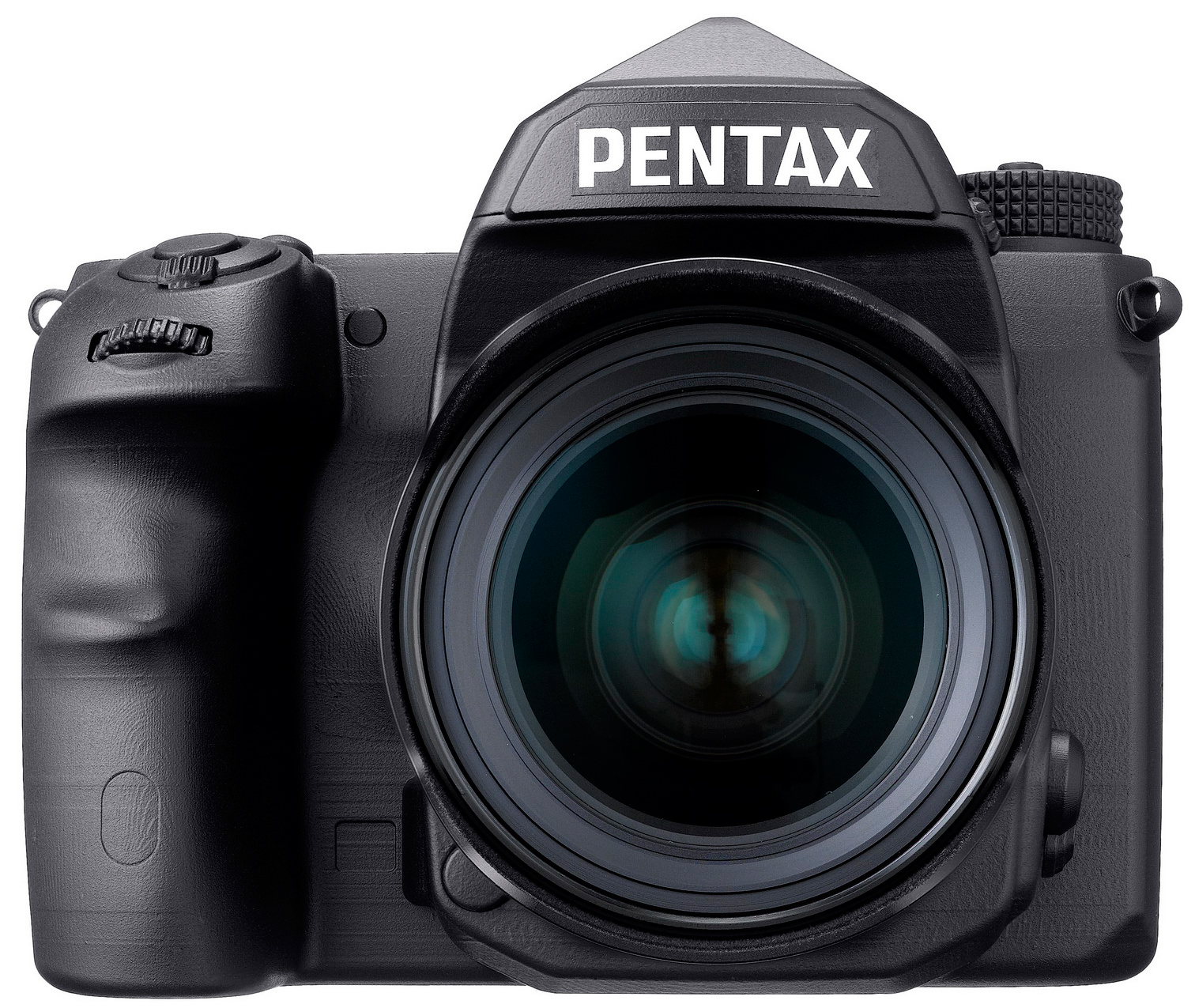
With Pentax announcing that they will be releasing their DSLR with the same size sensor as 35mm film (know now as ‘Full Frame’) I wanted to try a test with some lenses designed for a APS-c digital image circle. Pentax refers to these as ‘DA’ lenses. There are some lenses that are designed for use with either format these lenses are designated as ‘DFA’, I’m not interested in these for this purpose, as I know they will work as would older lenses from film cameras. So back to the DA lenses. It seems that the only lenses that can be considered to work with the larger format will be prime lenses (single focal length). The zoom lenses designed for APS-c cause heavy vignetting and will likely need to be used in a crop mode rather than covering the entire full frame sensor.
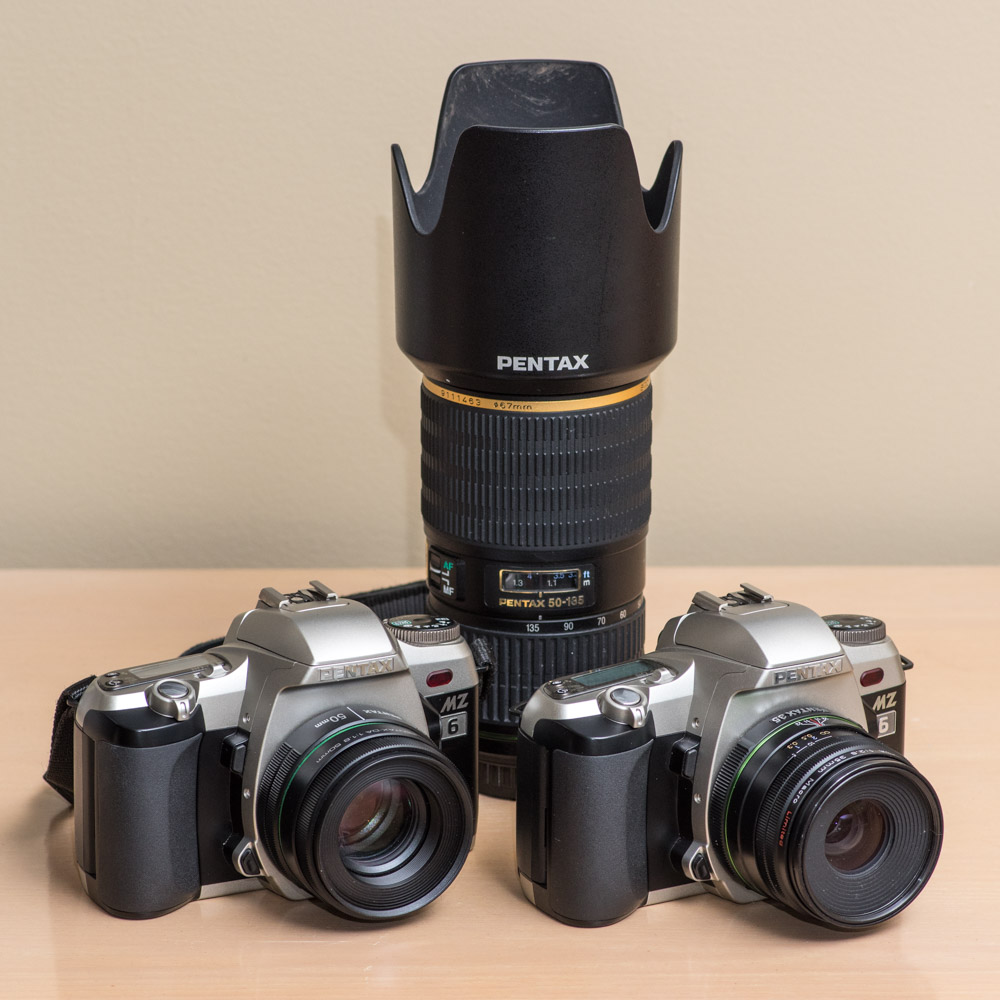
Pentax SMC-DA* 50-135mm f/2.8 ED [IF] SDM , Pentax SMC DA 50mm f/1.8, and the SMC DA 35mm f/2.8 Limited macro
An example of the extreme vignetting is this image taken with the DA*50-135 set at 50mm and f2.8
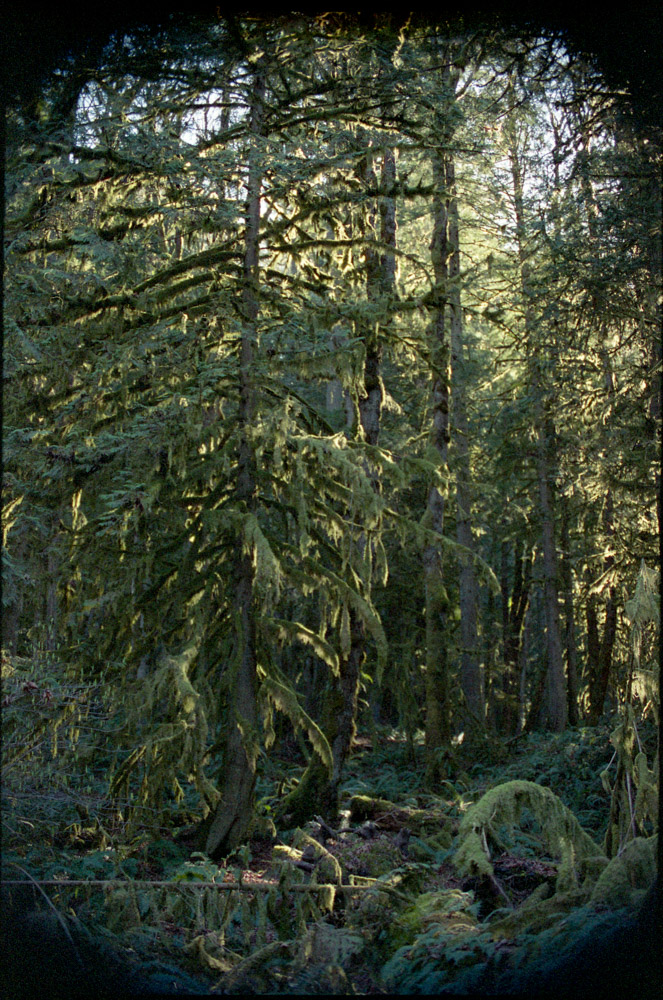
You can see that it doesn’t come close to covering ‘Full Frame’ with severe vignetting. The situation is better at 135 stopped down to f4 but the vignetting is still heavy in the corners.
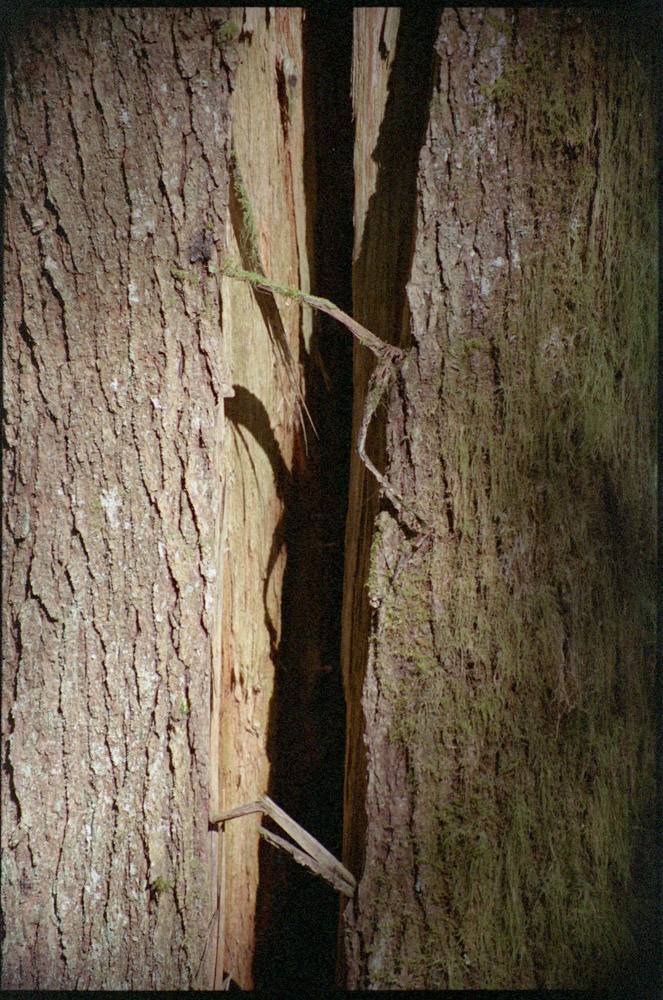
So moving on to the prime lenses where there is a much better chance of them covering the full image circle of the 35mm frame. I should probably mention the fact that I used what I knew would be some bad film. It was some very out of date Kodak 400 but because my primary objective was to test the lenses for their coverage I choose to use it.
First up is the DA 50 1.8 I took only 2 shots with it the first one at f4 and the second at f1.8 and it clearly covered the full 35mm frame with little to no vignetting in fact it seems perfectly suited to Full Frame.
With only a 24 frame roll of film my attention turned to what I was most interested in the DA 35 ltd a fantastic lens that I had hopes would work with the future full frame camera. At f9.5 you can see there is no issue the lens easily covers the larger surface area without any vignetting.
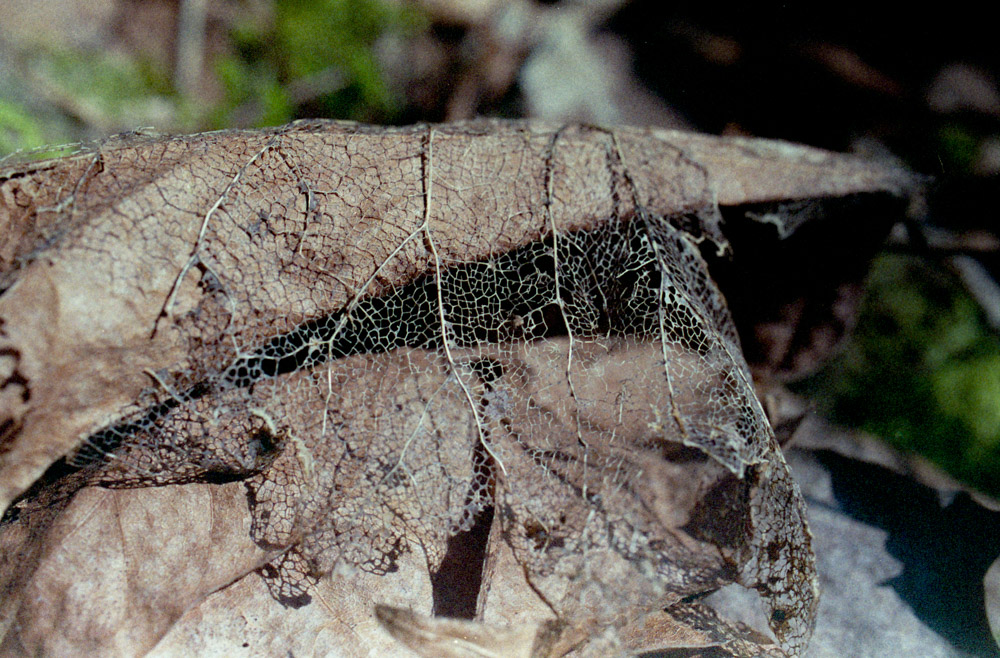
Moving to f5.6 with the following images it can be seen that the lens works fine at this opening too.
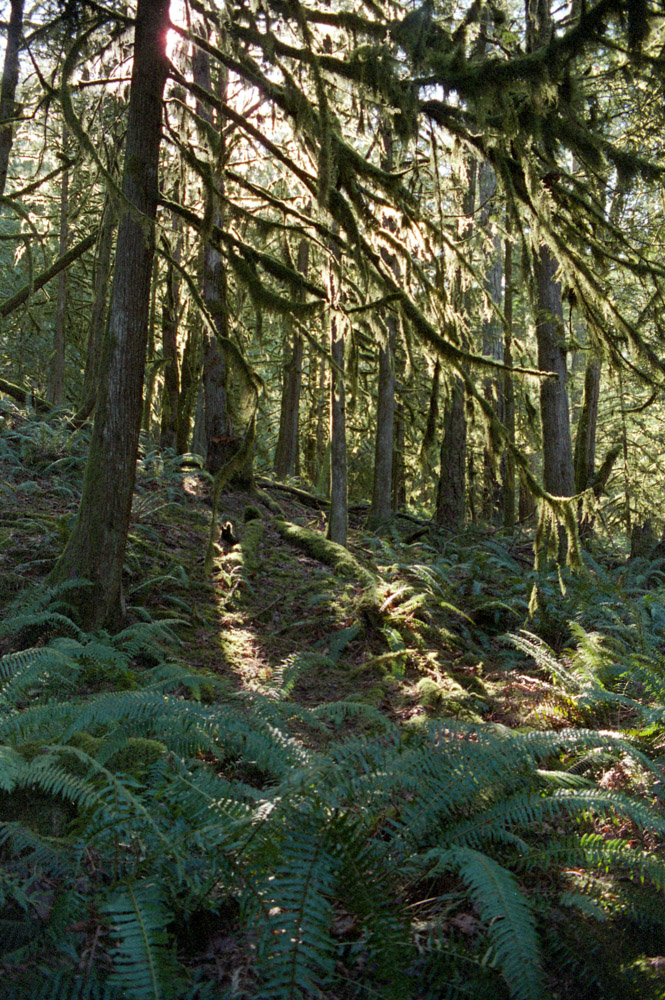
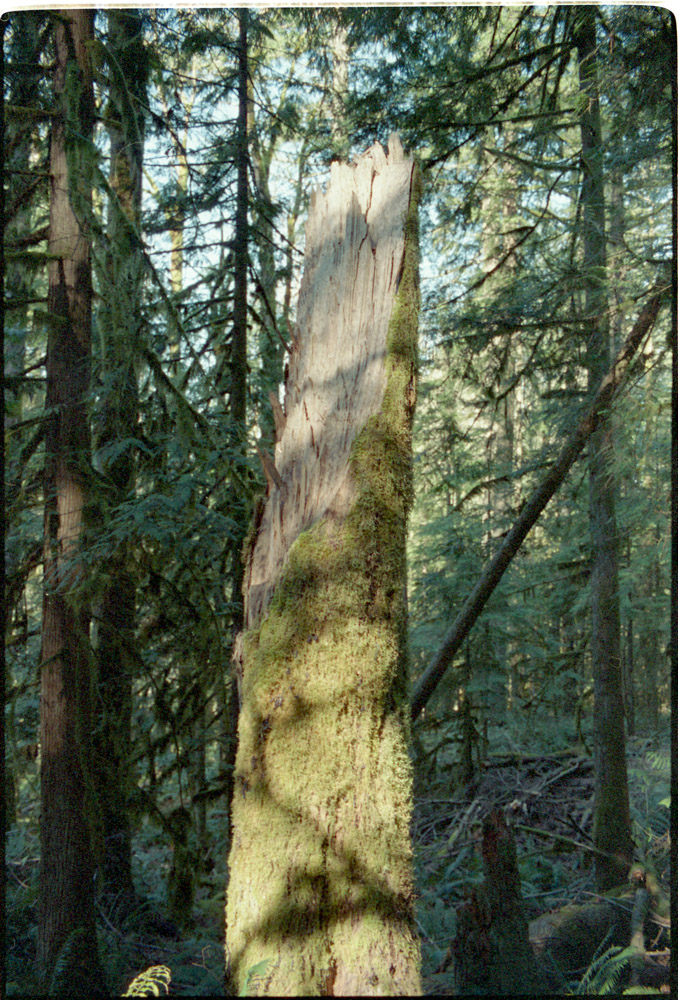
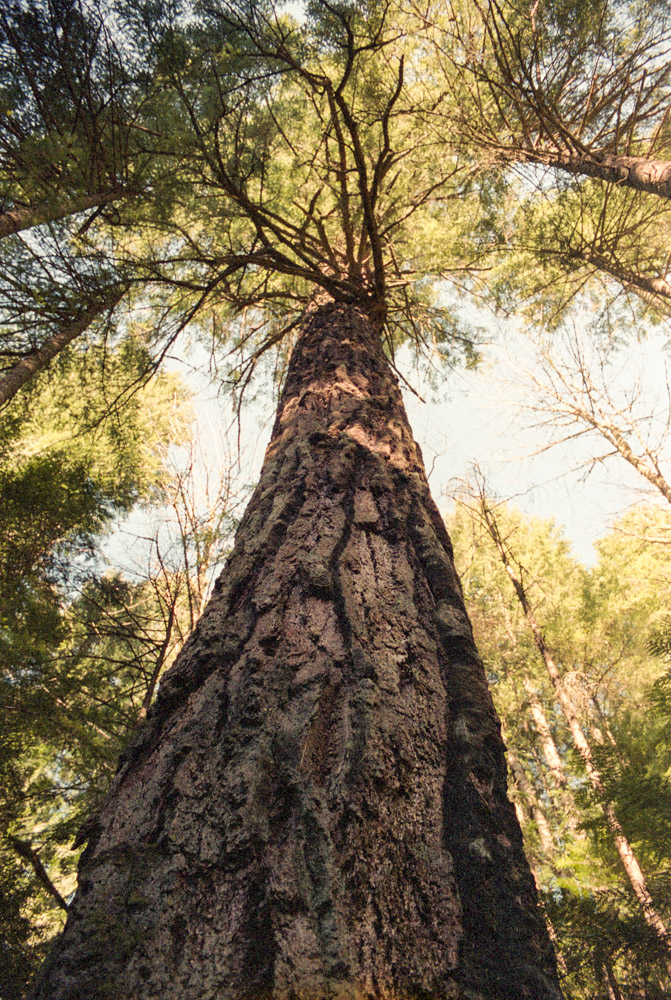
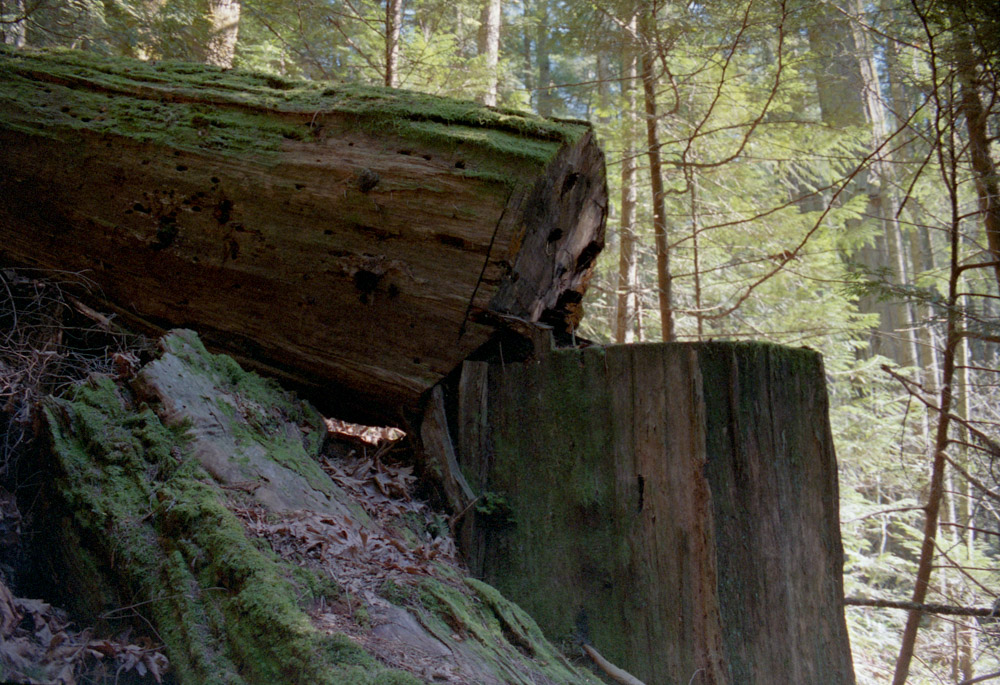
So for the ultimate test I took some shots with the lens wide open which in this case is f2.8
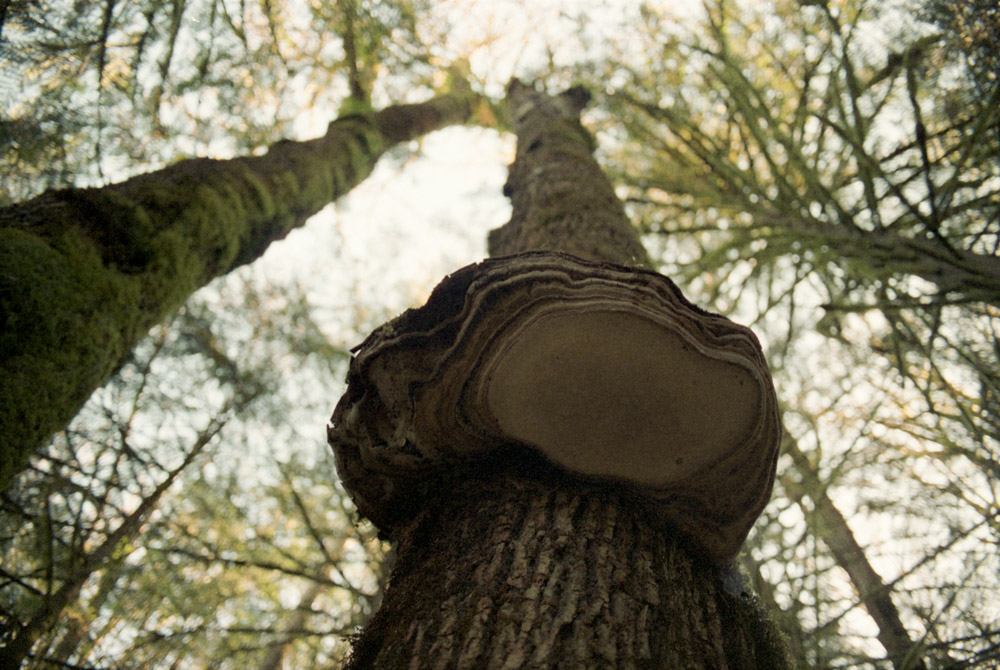
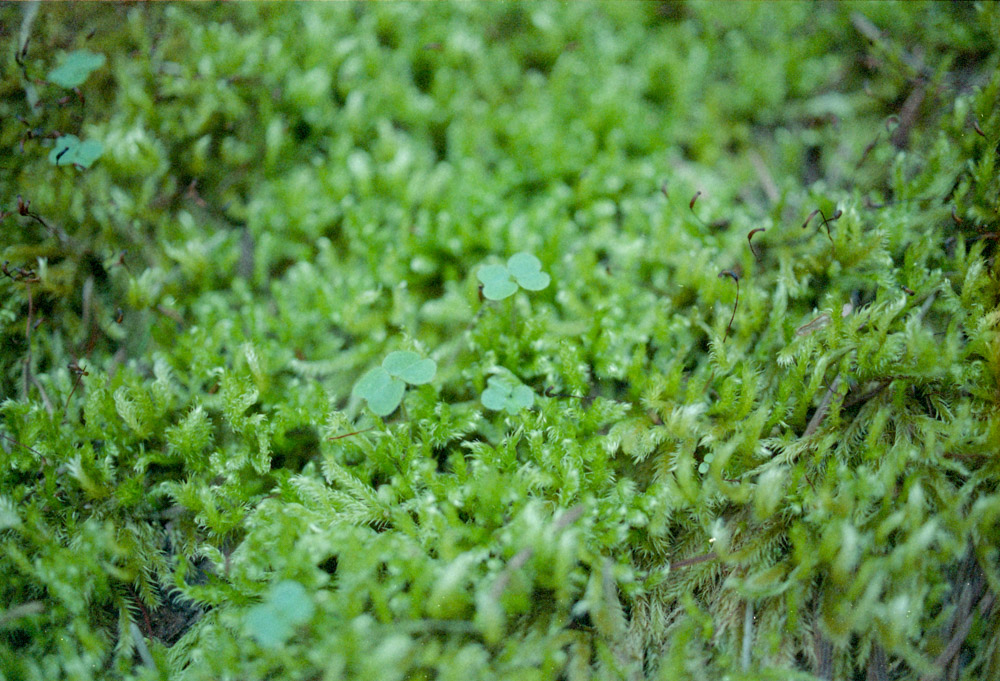
The DA 35 ltd worked so well with my 35mm film SLR that I will have no hesitation using it again for film or with a future ‘Full Frame’ DSLR. I had seen elsewhere on the internet that it didn’t work for 35mm film but that certainly contradicts my finding. What vignetting exists I do not find at all objectionable and if you choose to it could be easily counter acted in software. The one caveat being that using the built in lens shade at full extension would certainly end up darkening the corners as its effect is even visible in the Pentax MZ-6 92% coverage viewfinder.
Similar things can be seen here DA 40 XS on film
1 comment | posted in Cameras, Photography
Mar
20
2015
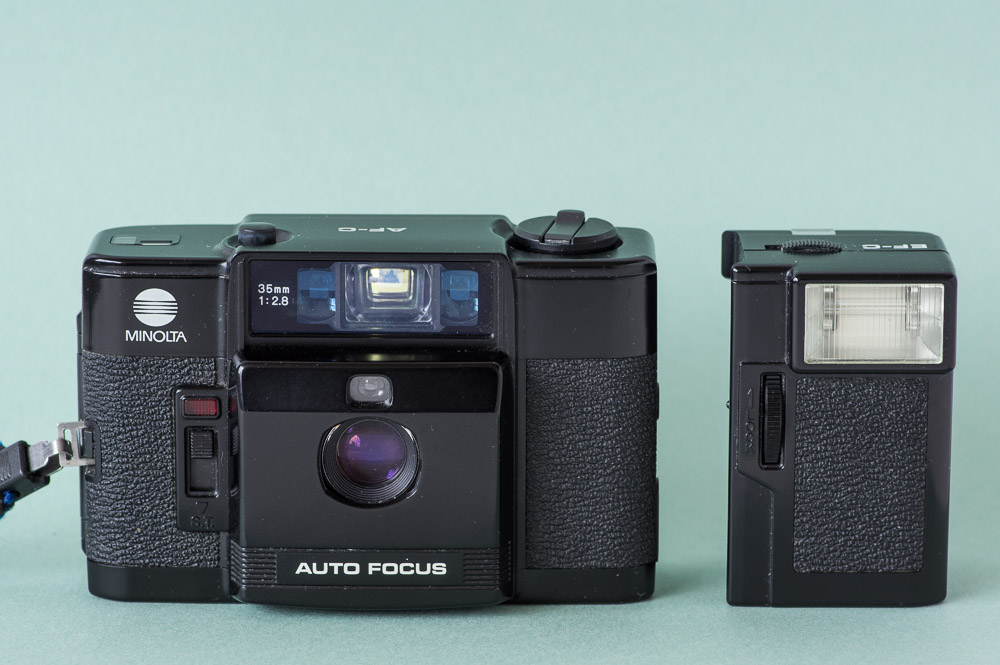
In 1983 a state of the art computer storage was the 5 1/4 floppy disk 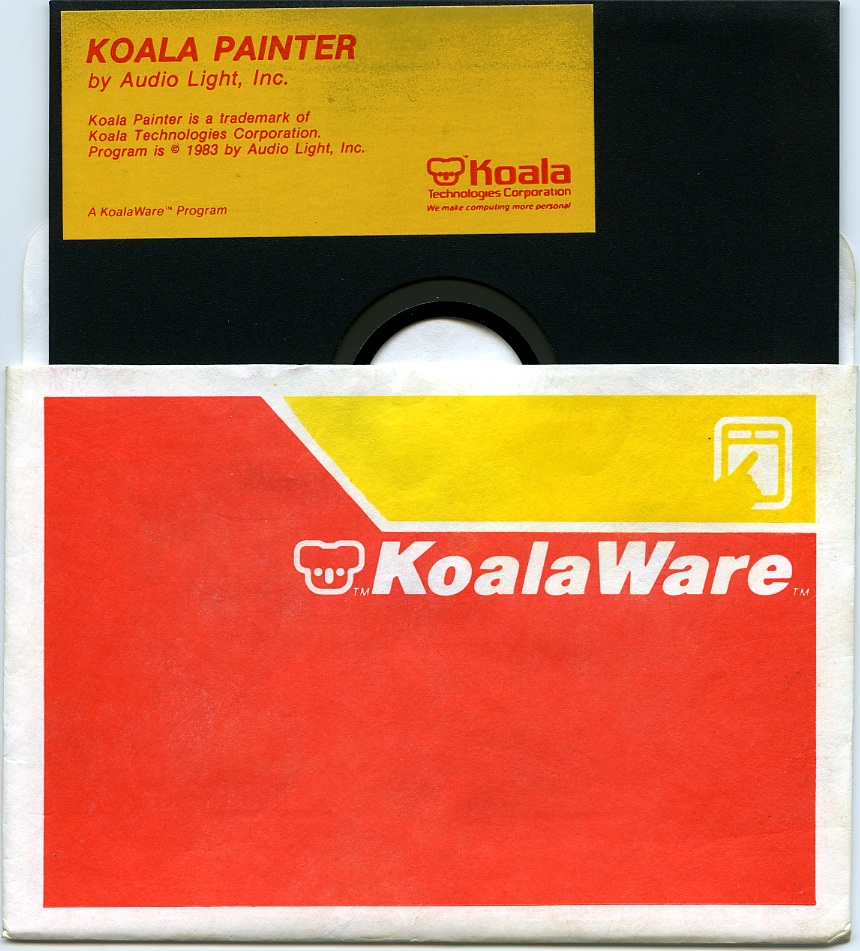 < and cars looked like this
< and cars looked like this 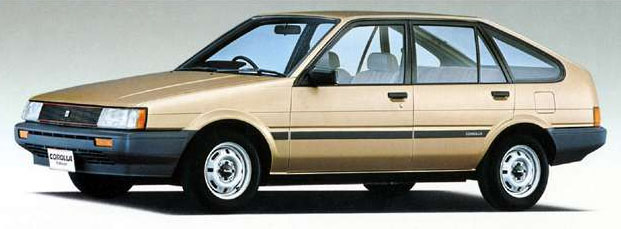 For cameras state of the art was anything with autofocus. Even better was if you added AF to the name or put it on the front so everyone knew it. The Minolta AF-c is an example of the transition to fully automatic cameras, it still has a manual film advance using a thumbwheel rather than a motor but otherwise is fully automatic. The shutter goes from 1/8 second at f2.8 to 1/430 sec at f17 which is a usable range and then there is always the attachable flash that can be used in lower light situations. The lens on this camera is composed of six elements with the rear element moved for focusing making the camera appear outwardly that it has not responded. Optically the lens the lens performs very well across the entire frame even into the corners. Despite the compact nature of the camera, it weighs a solid 230g.
For cameras state of the art was anything with autofocus. Even better was if you added AF to the name or put it on the front so everyone knew it. The Minolta AF-c is an example of the transition to fully automatic cameras, it still has a manual film advance using a thumbwheel rather than a motor but otherwise is fully automatic. The shutter goes from 1/8 second at f2.8 to 1/430 sec at f17 which is a usable range and then there is always the attachable flash that can be used in lower light situations. The lens on this camera is composed of six elements with the rear element moved for focusing making the camera appear outwardly that it has not responded. Optically the lens the lens performs very well across the entire frame even into the corners. Despite the compact nature of the camera, it weighs a solid 230g.

So if you can find one of these little beauties you will have yourself a terrific little camera and some serious 1980’s fun.
One thing about one camera: There was also a silver version made that went to 1000 ISO but it’s even more rare.
no comments | posted in Cameras, Photography
Mar
17
2015
We are nearing Spring here on the West Coast of Canada and the blossoms flowers and bees are all around. I love this brief moment of the year, it’s fleeting nature makes it all the more special. My apologies if you live somewhere that is inundated with snow and freezing weather in the winter but maybe this will give you something to look forward to.
no comments | posted in Photography



























































































